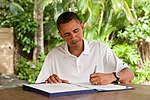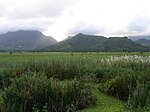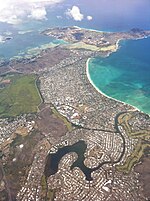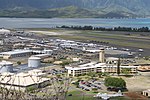Kalaheo High School
1966 establishments in HawaiiEducational institutions established in 1966Public high schools in Honolulu County, Hawaii
Kalāheo High School is a public high school in Kailua CDP, City and County of Honolulu, Hawaiʻi, United States, on the island of Oʻahu. The school building opened as Kalāheo Intermediate School in 1966, but was repurposed as a high school in 1973. The school mascot is the Mustang, and the school colors are blue and orange. Some graduating classes have had all blue or all orange graduation gowns and caps. The campus has the glazed ceramic tile sculpture Spirit of the Koʻolaus by Claude Horan.
Excerpt from the Wikipedia article Kalaheo High School (License: CC BY-SA 3.0, Authors).Kalaheo High School
Iliaina Street, Kailua
Geographical coordinates (GPS) Address Nearby Places Show on map
Geographical coordinates (GPS)
| Latitude | Longitude |
|---|---|
| N 21.40985 ° | E -157.75598333333 ° |
Address
Iliaina Street 728
96734 Kailua
Hawaii, United States
Open on Google Maps







